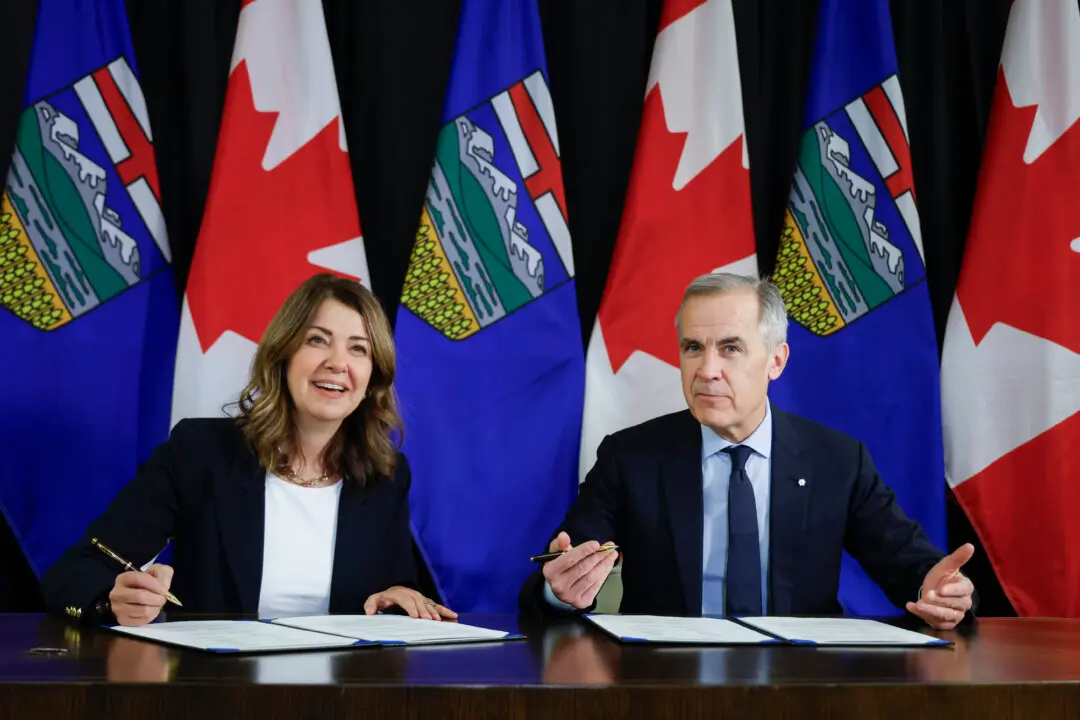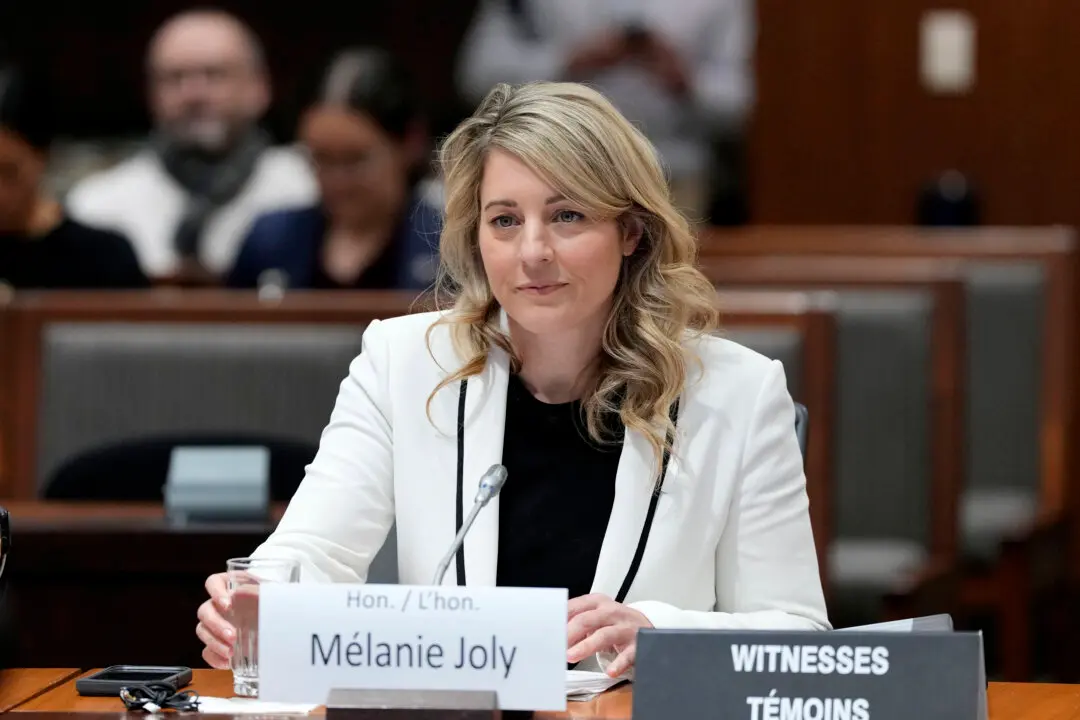Ontario and Ottawa have reached a deal to proceed with the province’s Highway 413 project following accusations from the province of federal overreach.
The joint announcement ends a years-long battle between the Ford and Trudeau governments that had indefinitely stalled the proposed 52-kilometre highway set to run between Milton and Vaughan, north of Toronto.





